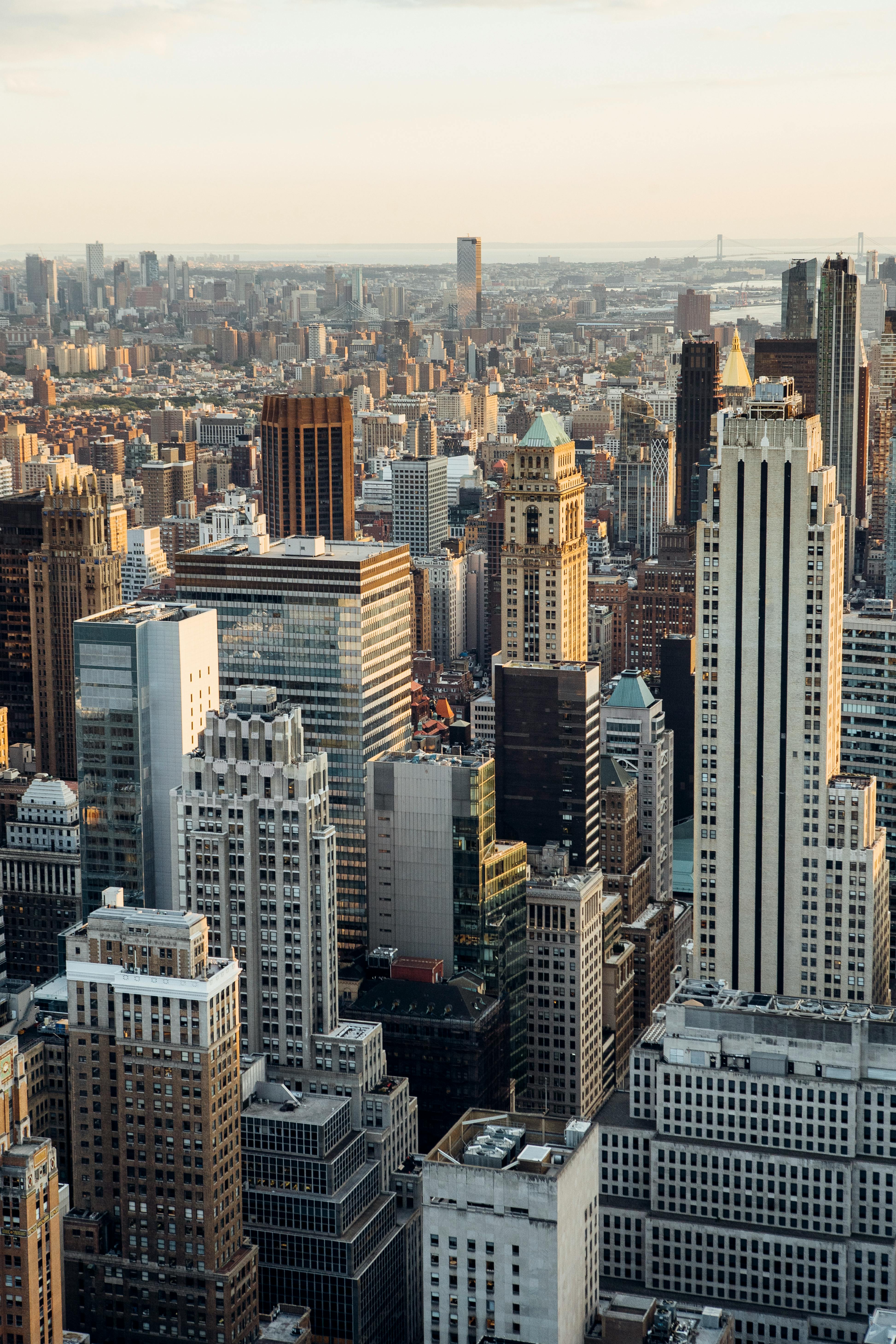Getting To The Point –
 5 Things You Need to Know About Dallas Planned Development Districts
5 Things You Need to Know About Dallas Planned Development Districts
When it comes to real estate, there are many terms and phrases that can be difficult to understand. One such term is Dallas Planned Development District. If you’re looking to invest in property or simply want to stay informed about the local real estate scene, it’s important to have a good understanding of what these districts are all about. In this article, we will delve into the world of Dallas Planned Development Districts and provide you with five key things you need to know.
1 Picture Gallery: Getting To The Point –
1. Definition and Purpose of Dallas Planned Development Districts
Dallas Planned Development Districts, also known as PDDs, are areas designated by the local government for specific land use purposes. These districts are created to guide the development and growth of a particular area in Dallas. They often have their own unique set of regulations, guidelines, and zoning requirements that are different from the surrounding areas. The purpose of these districts is to promote planned and organized growth while ensuring that the development aligns with the goals and vision of the city.
2. The Role of Zoning Regulations
Zoning regulations play a crucial role in Dallas Planned Development Districts. These regulations determine the specific types of activities and developments that are allowed within the district. For example, certain areas within a PDD may be designated for residential use, while others may be designated for commercial or mixed-use purposes. Zoning regulations also dictate the height and density of buildings, the amount of open space required, and the design standards that developers must adhere to. By carefully managing these regulations, the city aims to create vibrant and sustainable communities that meet the needs of its residents.
3. The Process of Establishing a Dallas Planned Development District
Establishing a Dallas Planned Development District is a complex process that involves various stakeholders and extensive planning. First, a developer or property owner must submit a proposal to the city outlining their plans for the district. This proposal must include detailed information about the intended land use, design, and development. Once the proposal is received, the city reviews it to ensure that it aligns with the overall goals and vision of the city. Public hearings and community input are also important components of this process. If approved, the developer can then proceed with the development project, following the specific regulations and guidelines set forth by the city.
4. Benefits and Challenges of Dallas Planned Development Districts
Dallas Planned Development Districts offer several benefits to both developers and the community. For developers, these districts provide an opportunity to create unique and innovative projects that may not be feasible in other areas. The flexibility offered by PDDs allows for more creativity and adaptability in the development process. Additionally, PDDs can attract investors and businesses looking for specific types of environments, further stimulating economic growth in the area.
However, there are also challenges associated with Dallas Planned Development Districts. One challenge is ensuring that the development is in line with the surrounding neighborhoods and doesn’t cause disruptions or negative impacts. Balancing the interests of developers with the needs and concerns of the community is essential for the success of PDDs. Community involvement and open communication are key to addressing these challenges and finding solutions that benefit all parties involved.
5. Examples of Dallas Planned Development Districts
There are several notable Dallas Planned Development Districts that have contributed to the city’s growth and development. One such district is the West Village, located in the Uptown neighborhood. The West Village is a mixed-use development that combines residential, commercial, and retail spaces, creating a vibrant urban environment. Another example is the Trinity Groves, a PDD located near the Margaret Hunt Hill Bridge, which has transformed into a culinary destination with a wide range of restaurants and entertainment options.
In conclusion, Dallas Planned Development Districts play a vital role in shaping the growth and development of the city. Understanding these districts and their impact on real estate is essential for anyone interested in the Dallas property market. By familiarizing yourself with the definition, purpose, and process of establishing PDDs, as well as the benefits and challenges associated with them, you will be better equipped to navigate the ever-changing world of real estate in Dallas.
The Best Advice About I’ve Ever Written
The Essentials of – Breaking Down the Basics
This post topic: Health Care & Medical



